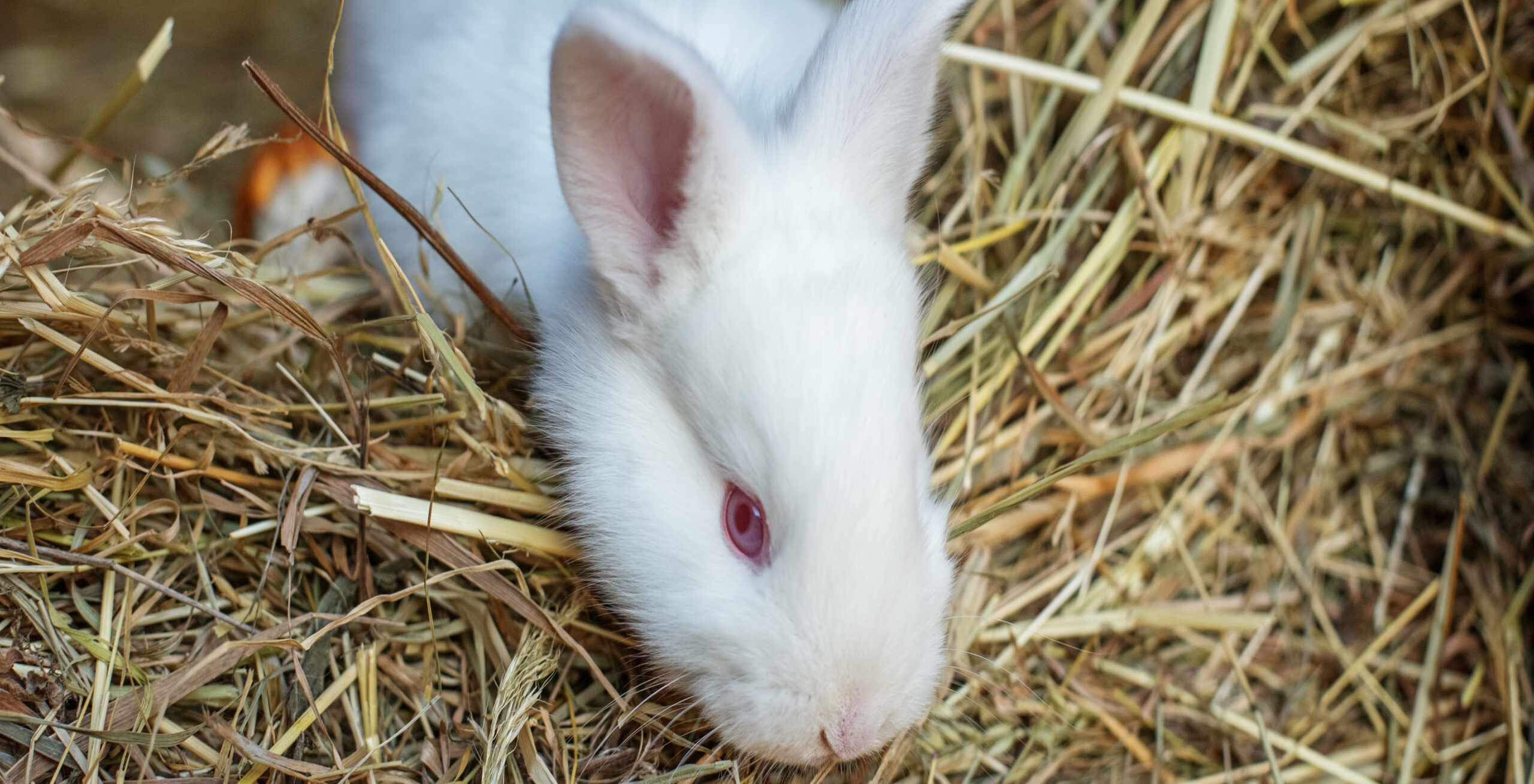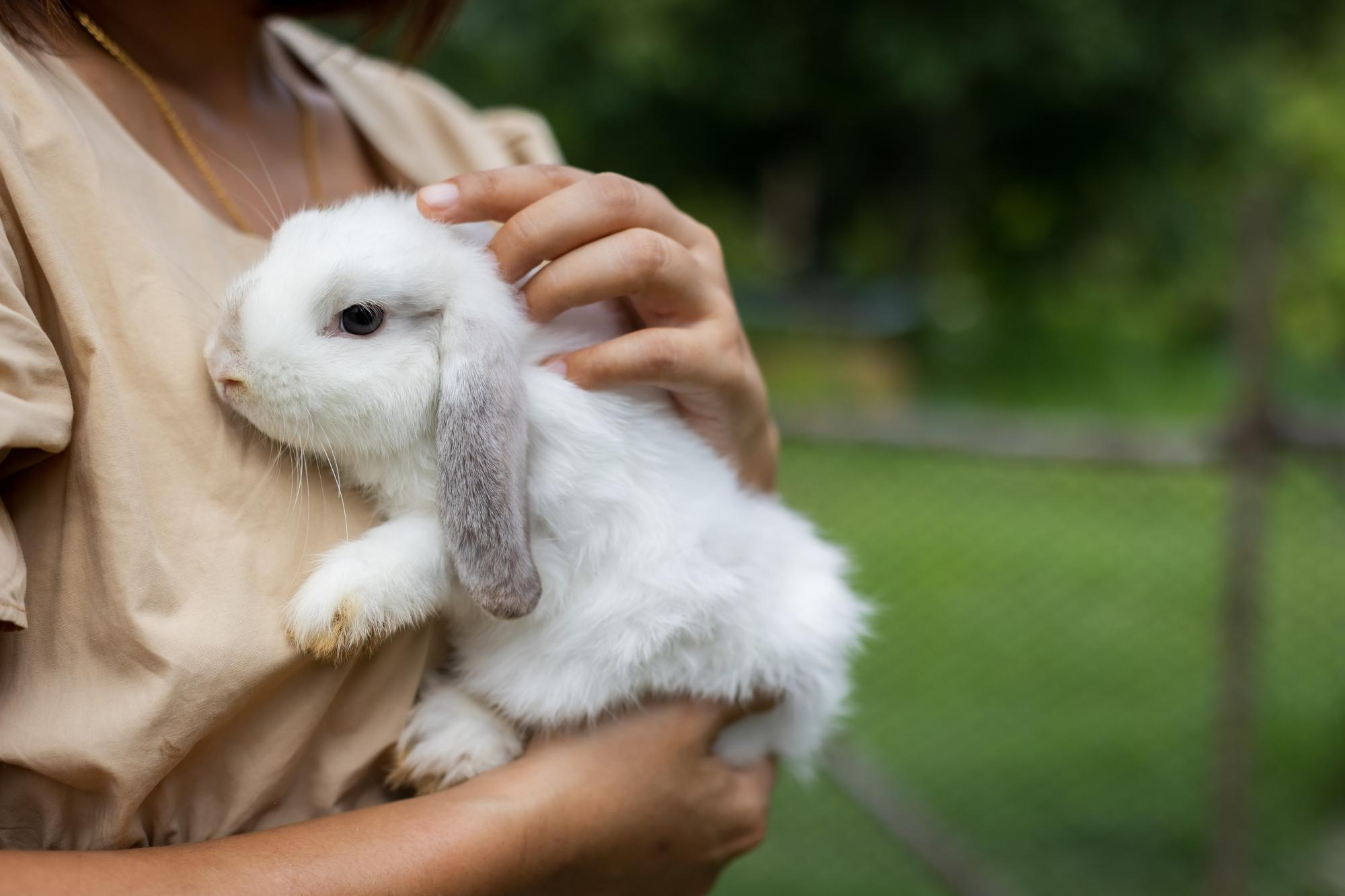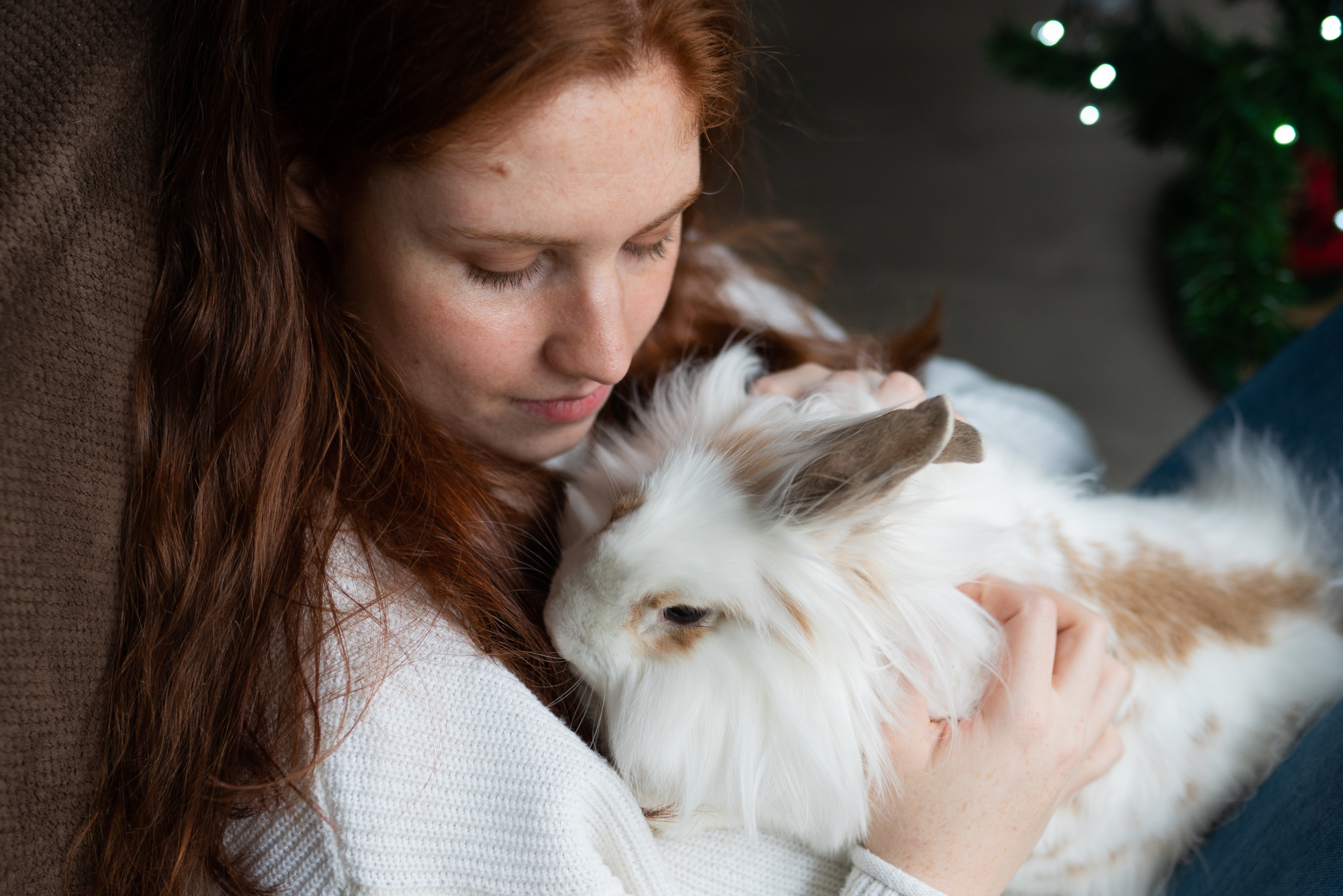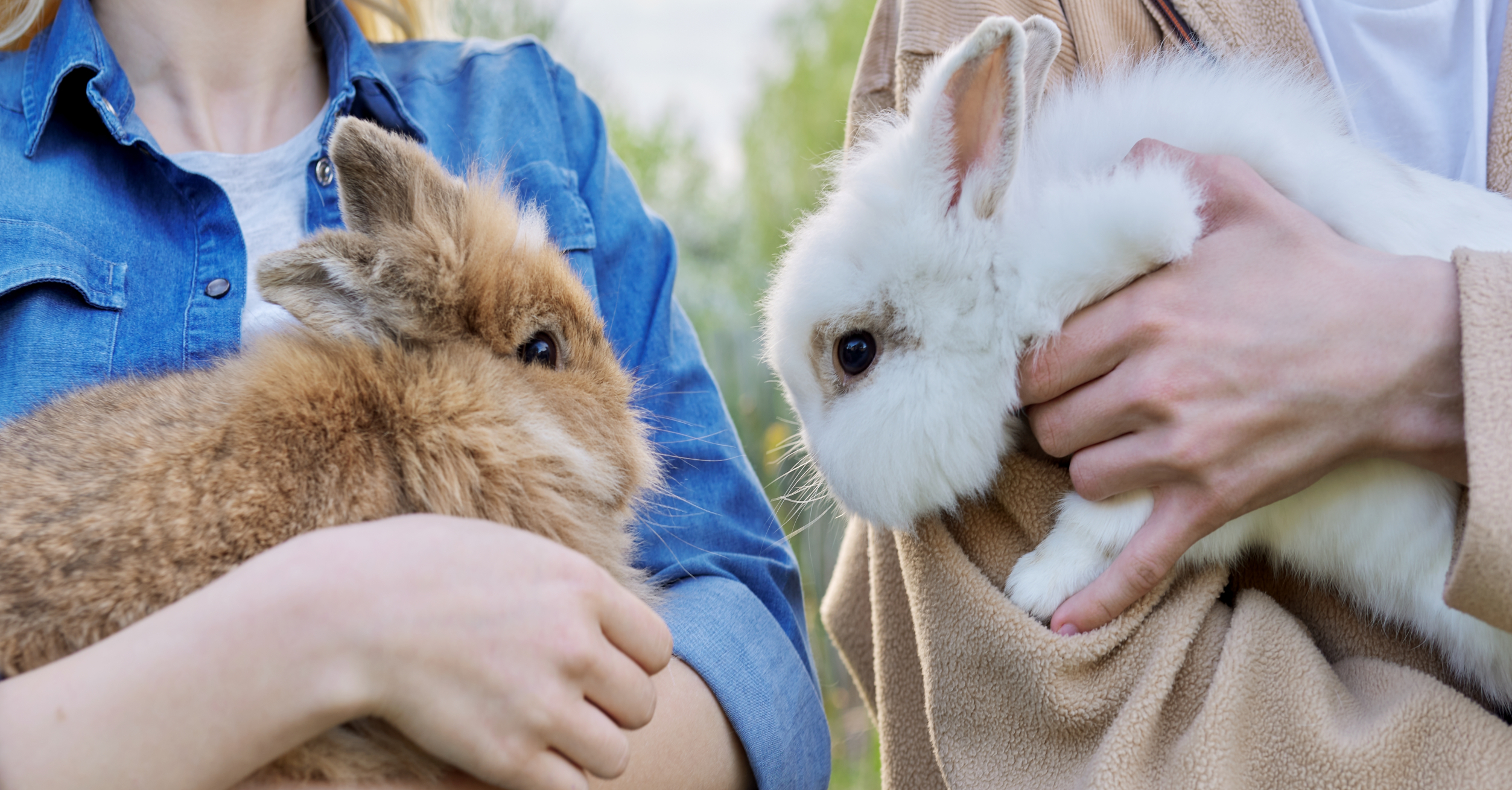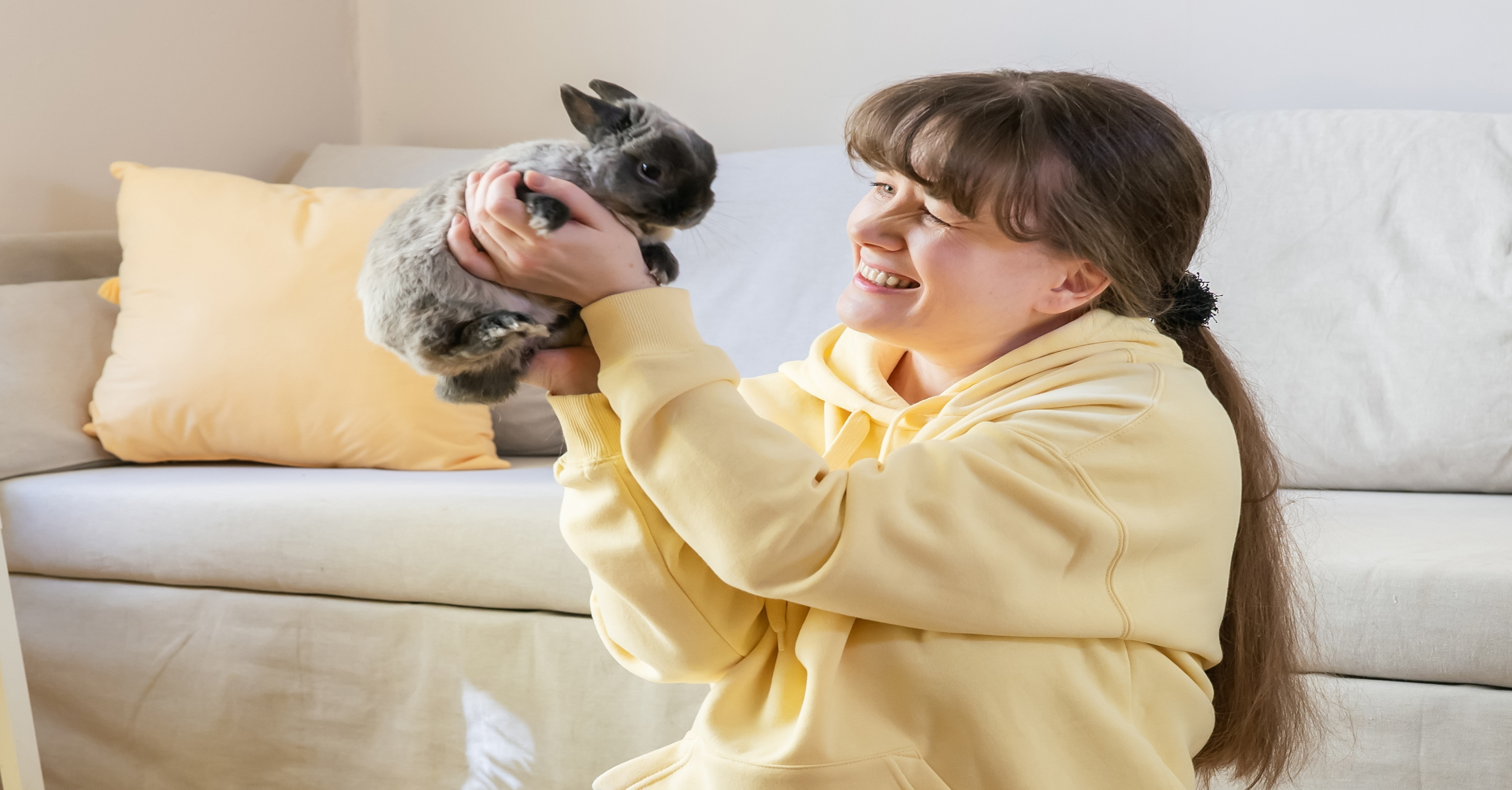When it comes to rabbits, few parts of their anatomy are as essential for good health as their teeth. Like most mammals, a rabbit’s teeth are used to prepare their food for digestion. Chewing food properly allows them to absorb nutrients needed in their diet. Keeping your rabbit’s oral health in the best possible condition is key to a comfortable lifestyle. So how do you go about doing it?
Rabbits and their dental anatomy
There is a main difference between the teeth of a rabbit and those of, say, a dog: their teeth are constantly growing.
Throughout a rabbit’s life, their teeth will continue to grow. This means that they need to take steps to wear and grind their teeth via their diet. If this isn’t done, it can lead to a slew of potential issues.
For instance, long, protruding teeth can eventually cause your bunny to get caught on the bars of their cage or other things in the environment, potentially leading to an injury. Furthermore, overgrown teeth can begin to protrude into your rabbit’s gums or the inside of their mouth.
There are a number of symptoms of overgrown teeth in rabbits, so keep an eye out for them to ensure your bunny’s dental health is in order. These potential signs include:
- Visibly overgrown teeth (it’s easiest to notice this on the front teeth, which may push past your rabbit’s lips)
- Excessive drooling
- Difficulty chewing and swallowing food
- Difficulty closing the mouth
- Unwillingness to eat
- Runny eyes and sneezing (sometimes caused by overgrown roots on the upper jaw)
- A lump or abscess around the jaw
So how is it that most wild rabbits don’t have a problem with overgrown teeth? It all comes down to their diet.
Hay: The best way to take care of your rabbit’s teeth
For wild rabbits, the typical diet consists of grass hay and other types of leafy, fibrous vegetation. Rabbits have evolved to have teeth that can rapidly be ground down thanks to the abrasive texture and mineral content of their diet. For rabbits in the wild, their teeth are naturally kept to the proper length. But if you have a domesticated rabbit, you’ll need to take a little extra care to ensure their diet supports their dental health.
Many rabbit owners use pellets as the main food source for their furry friends. While this food tends to have a complete range of vitamins and nutrients, pellets pose one major problem: they don’t grind your rabbit’s teeth.
When a rabbit eats hay or other vegetation, all of their teeth are engaged in the chewing process. The front, or incisor, teeth are used to cut a small piece from the rest, and the cheek teeth, or molars, are laterally ground together to chew. Pellets, on the other hand, don’t require nearly as much chewing to be eaten, since they can simply be crushed by the molars and immediately consumed.
While it’s possible to manually trim a rabbit’s teeth, this is a fairly invasive procedure and should be done as a last resort. As with most animal health concerns, a proactive approach is essential to keeping your rabbit’s teeth in good shape.
The best way to support your rabbit’s dental health is clear: incorporate more of their natural diet into their daily feedings! While any rabbit-safe bit of vegetation is a good treat for rabbits and their health, few are as useful as grass hay.
Incorporating hay into your rabbit’s diet
The long, tough fibres found in grass and hay are a great way to naturally wear down your rabbit’s teeth. There are a few varieties that are widely available, including:
- Orchard hay/grass
- Brome grass
- Timothy hay
- Oat grass
- Wheatgrass
Any of these are a good option to incorporate into your rabbit’s diet, as they offer similar nutritional value and, more importantly, will all work to grind your rabbit’s teeth. Ideally, your rabbit’s diet should be made up of 80% grass or hay, with the remaining 20% made up of pellets, vegetables, and herbs.
If your rabbit isn’t used to eating grass or hay, it’s a good idea to start by slowly adding it to their daily diet. To start with, ensure you’re getting the best quality hay available. If you can get fresher grains, your rabbit will be more likely to eat them.
You can also encourage your rabbit to eat more hay by limiting the number of pellets you give them each day. A slightly hungry rabbit will be much more likely to fill the gaps with hay, provided you leave it available for them.
It’s a good idea to spread hay around your rabbit’s environment. Some of the best places to put hay are:
- Around their favourite resting area (particularly in their hutch)
- In one corner of their litter box
- Stuffed into their favourite chewable toys
- Mixed in with their usual food or other snacks (vegetables, etc.) that they like
- Blocking the entrance to a favourite tunnel, encouraging them to forage through it
While overgrown teeth can pose some serious health risks for your rabbit, the good news is that a proactive approach will ensure they’re in the best possible condition. As the single most important factor in preventing overgrown teeth, hay and grass should always be on the shopping list for rabbit owners.
Creative Commons Attribution: Permission is granted to repost this article in its entirety with credit to Hastings Veterinary Hospital and a clickable link back to this page.

